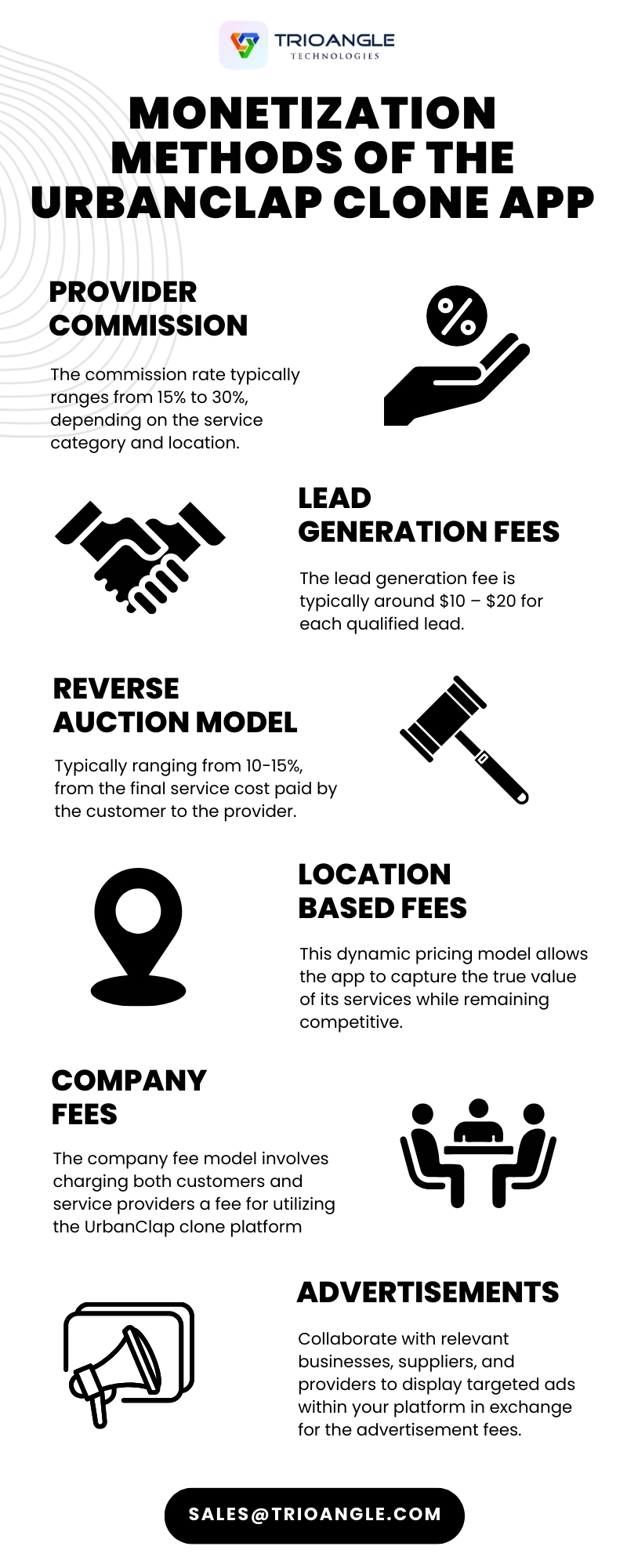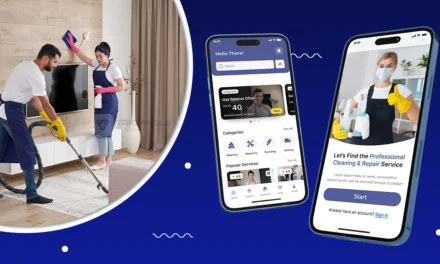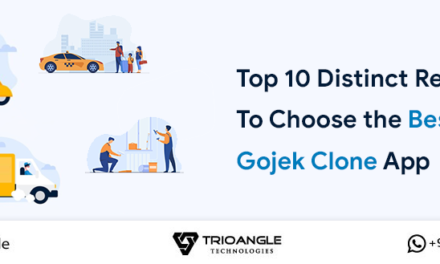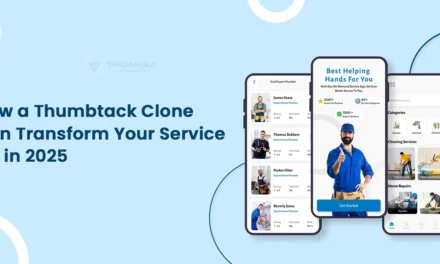Today’s fast-paced life demands convenience at every turn, especially true when it comes to home services. This is where UrbanClap (now Urban Company) comes into play.
UrbanClap – a popular Indian home services app that connects millions of users with reliable service providers for a wide range of services like cleaning, plumbing, appliance repair, and more.
UrbanClap has not only simplified our lives but also generated revenue of over $100 million in 2022. These impressive revenue figures show UrbanClap’s success and are a testament to the potential of this market.
If you’re considering launching a similar app – an UrbanClap clone script, the question that naturally arises is: how do I make money from it?
Buckle up, this blog enlightens the various proven monetization methods that the UrbanClap clone app can leverage to generate sustainable revenue in 2025 and beyond.
Before delving into monetization methods, let’s first understand the UrbanClap clone app.
UrbanClap Clone App
An UrbanClap clone app is a mobile application that replicates the core functionalities of the original UrbanClap, connecting customers with local service professionals for various home service needs. These apps can be customized to cater to specific regions, service categories, and target audiences, offering a unique value proposition within the on-demand home service market.
The key lies in offering a seamless experience, a wide range of verified professionals, and competitive pricing. But how do you turn these offerings into profit?
Let’s delve into the various monetization methods of the home service marketplace app like UrbanClap.
Monetization Methods of the UrbanClap Clone App
Creating a similar app like UrbanClap (now known as Urban Company) offers various monetization opportunities. Here are some smart monetization methods for the UrbanClap like app development, that enable you to drive profits in 2025 and beyond:

1. Commissions
The commission is one of the primary revenue features to include in your UrbanClap clone app, whereas the UrbanClap app generates around 85% of its total revenue. An on-demand service app like UrbanClap employs various commission structures tailored to different stakeholders and market conditions. They are:
- Provider Commission
- Customer Booking Commission
Provider Commission
In this method, the app charges a commission on each service completed by a provider through the app. The commission rate typically ranges from 15% to 30%, depending on the service category and location. Providers may pay higher commissions as they receive more work from the platform.
Customer Booking Commission
In this model, the app charges a commission to customers when they book a service through the app. This commission can be a fixed fee (around $2 – $5) or a percentage (5 – 10%) of the service cost. This revenue stream helps cover operational expenses and boosts overall earnings.
2. Lead Generation Fees
Lead generation is another lucrative revenue stream for an on-demand services app, also considered the second most effective way for revenue generation.
In this approach, users specify their requirements and the platform recommends the service providers accordingly. Customers can either directly contact the service providers or request other customers to appoint them on their behalf.
In facilitating this connection, whereby the app leads service providers to customers seeking services and charges a lead generation fee. The lead generation fee is typically around $10 – $20 for each qualified lead.
3. Reverse Auction Model
In the reverse auction model, customers initiate the process by posting their service requirements on the platform and specifying a budget. Service providers then bid on the project by offering their services at competitive prices. Customers evaluate the bids received from providers based on factors such as expertise, pricing, and reviews. After reviewing the bids, the customer selects a provider whose bid best matches their requirements and budget.
Once the service is chosen and completed, the platform deducts a commission, typically ranging from 10-15%, from the final service cost paid by the customer to the provider.
4. Location-Based Fees
Location-based fees involve implementing dynamic pricing strategies based on the user’s geographical location. The concept revolves around charging slightly higher fees in areas with high demand or for premium services. By analyzing data on user locations and demand patterns, the app can adjust pricing to reflect the current market conditions accurately.
For example, during peak hours or in densely populated areas, the app may apply a surcharge to incentivize service providers and balance supply and demand. Conversely, in areas with lower demand, prices may be adjusted downward to attract more users.
This dynamic pricing model allows the on-demand UrbanClap clone app for handyman services to capture the true value of its services while remaining competitive and responsive to market fluctuations.
5. Company Fees
The company fee model involves charging both customers and service providers a fee for utilizing the UrbanClap clone platform and accessing its convenient services. This fee is a major revenue source for the company.
Customers may be charged for booking services or accessing certain premium features, while service providers offering the best handyman services through your platform may pay a commission or subscription fee for listing their services on the platform and gaining access to potential customers.
By collecting fees from both sides of the marketplace, the company can generate consistent revenue while facilitating transactions. Additionally, these fees help cover operational costs, invest in platform improvement, and maintain high service standards, ultimately contributing to the platform’s long-term success and sustainability.
6. Advertisements
Besides all the above-listed monetization methods, there is another way of earning more money with your Urbanclap clone app development is – advertisement. Collaborate with relevant businesses, suppliers, and providers to display targeted ads within your platform in exchange for the advertisement fees.
It’s important to ensure that these ads are unobtrusive and align with your user base. This can be a passive income source without impacting user experience.
Boost Your Revenue with UrbanClap Clone App Now!
Remember, the optimal monetization strategy of the handyman service app is not a one-size-fits-all approach. Carefully consider your target audience, local market dynamics, and competitor landscape to choose the most effective combination of commission models and additional revenue streams.
By implementing these smart monetization strategies and focusing on user experience, you can successfully launch your own UrbanClap clone business that thrives in the ever-evolving home service market.
With a focus on value, convenience, and personalization, you can turn your app into a profitable venture, catering to the growing demand for reliable on-demand services.
Are You Ready to Build Your UrbanClap Clone App?





